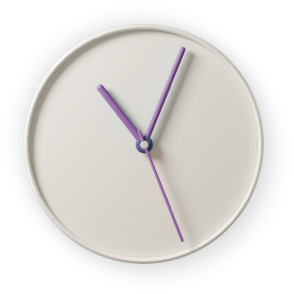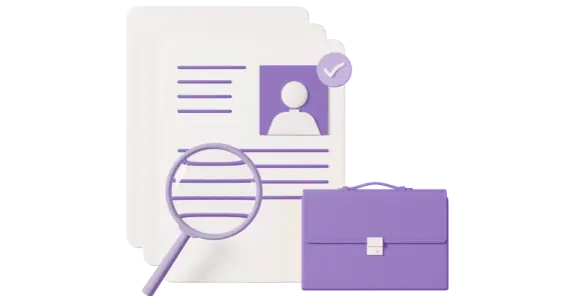Dance teacher
Teach people how to dance, from school pupils, adults and pensioners to professional dance students. Coach them for exams and organise dance performances.

About the job
Salary
Source: LMI for All
Weekly
£760
Average
Monthly
£3,293
Average
Yearly
£39,520
Average
Information not available
people are currently employed
Low growth
No change in number of jobs in 5 years
These figures refer to this job and similar ones with comparable skills and qualifications. They only apply to Scotland. Source: Oxford Economics
What it's like
You would teach people how to dance. You’d help your students pass dance exams and organise performances where they can showcase their skills.
You could work with people with different ages and abilities from school pupils to adults and pensioners.
As a private dancing teacher you would usually work for yourself and offer classes in a venue like a leisure centre or a church hall. You’d teach individuals and groups, some of whom may find it hard to learn and remember the steps.
You could also teach people who want to learn more about dance and movement so they can improve their health and wellbeing.
You could work in schools: in primary schools, dance is usually taught by the class teacher. In secondary schools dance teachers could also teach other related subjects like, drama, performing arts or physical education.
You might also work with professional dance students and train them to develop their skills and knowledge of dance, or work at a further education college or university.
You would:
Show students how to warm up and move safely
Demonstrate how to perform dance moves
Design dance pieces and performances
Keep records of students’ performance and progress
Give students’ feedback
Enter students for dance exams
Design or choreograph dances routines for your pupils to perform
Teach the theory of dance
You’d also need to maintain your own dance skills and techniques. You’d need to understand how to prevent injury and meet health and safety requirements.
You could teach one or more forms of dance, such as:
Ballet
Contemporary dance
Tap
Modern
Social dancing like ballroom or line dancing
You may also need to know about anatomy and physiology, and subjects such as the history of dance or dance notation - the written system for recording dance movement.

Hours

Environment
Explore more information about this job
Here are some useful links to learn more about this career:
Like the sound of this career?
Browse courses in Scotland related to 'Dance teacher'
Select qualification level(s)
Other careers that you might like
Choreographer Dancer
Related industries
Many jobs can be done in lots of different industries. We've highlighted the ones we think are most important for this job.
Creative
Top skills
Skills are things you're good at. Whether you know what yours are or not, everyone has them!
It's useful to learn which ones are important in a job so you know the areas you need to brush up on. It can also help you work out if you're suited to a career.
Here are some of the skills you'll need to do this job:
- taking responsibility
- motivating others
- mentoring
- coaching
- time management
- self esteem
- developing a plan
- creative
- verbal communication
- positive attitude

Your skills are important
Our unique skillsets are what make us stand out from the crowd. Learn about each skill in depth and discover what employers look for in your applications and interviews.
Getting in
Explore the sections shown for more information about getting into this career.
You might have qualifications which are not shown here but will allow you access to a course. You can compare your qualifications by looking at their SCQF Level. For more information about this, check out the SCQF website.
Always contact the college, university or training provider to check exactly what you'll need.
Colleges and universities will list subjects you'll need for entry to a course. Some useful subjects include:
Childcare and Development
Dance
Media
Performance Arts
PE (Physical education)
Skills for Work: Creative Industries
Dance teachers usually start off as dancers and many study dance at college or university.
You can enter Higher National Certificate (SCQF level 7) or Higher National Diploma courses (SCQF level 8) with National 4/5 qualifications and one to two Highers or equivalent qualifications.
Entry to a degree (SCQF level 9/10) course usually requires an audition and relevant HND.
Many dancers start at an early age and undertake graded examinations through dance classes.
Work towards qualifications through the Council for Dance Education and Training to be able to submit your students for dance exams
Pass a PVG (Protecting Vulnerable Groups) Disclosure check for some jobs
Explore over 22,000 courses in Scotland
Find the perfect course to boost your career.
